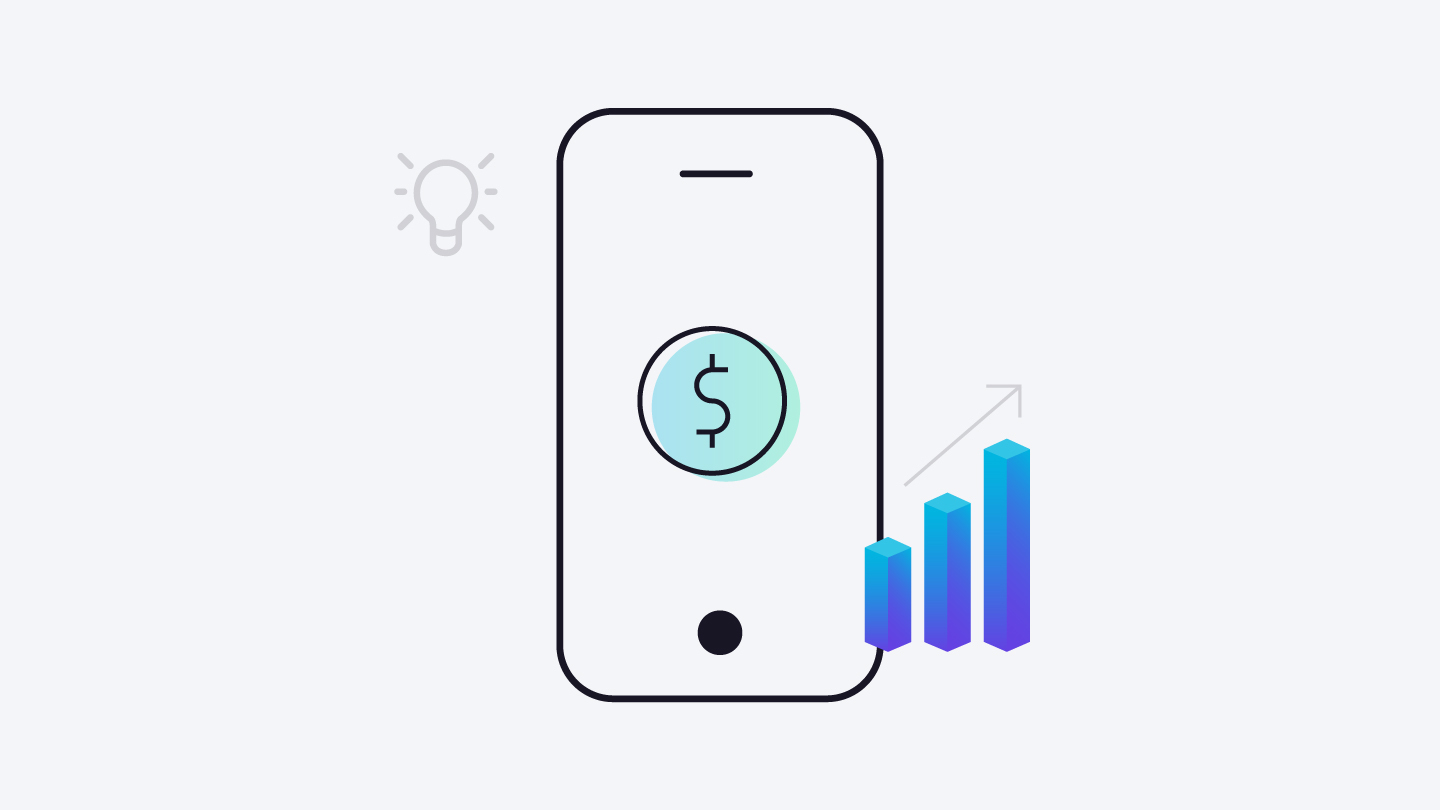
How to Monetize Your Mobile App: Strategies and Revenue Models
By Udit Agarwal

Creating a successful mobile app is a multifaceted endeavor, and one of the most critical aspects is determining how to monetize it effectively. Choosing the suitable revenue model and strategy can significantly impact your app’s profitability and long-term viability. This article will explore various techniques and models to help you generate revenue from your mobile app.
Freemium Model:
The freemium model offers a basic version of the app for free, with the option to upgrade to a premium version that provides enhanced features, functionalities, or an ad-free experience. This approach allows you to attract a more extensive user base initially while incentivizing some users to pay for premium benefits. It’s crucial to balance the value provided in the free version and the exclusive features in the premium version.
Subscription Model:
Subscriptions involve charging users a recurring fee, usually monthly or yearly, to access your app’s content or services. This model works well for apps offering ongoing value, such as streaming, fitness, and productivity tools. To succeed with subscriptions, consistently provide high-quality content, regular updates, and unique features that encourage users to maintain their subscriptions.
In-App Purchases (IAP):
In-app purchases involve selling virtual goods, digital content, or additional features within the app. This model is adequate for games, social networking apps, and content-driven platforms. You can offer in-app purchases for items like virtual currency, power-ups, customization options, or access to premium content. Ensure these purchases enhance the user experience and are optional to basic functionality.
Pay-to-Download (Paid Apps):
This straightforward model charges users an upfront fee to download and access your app. While this approach can deter some users, it can also attract those who perceive value in your app’s offerings. For paid apps to succeed, they need outstanding quality, unique features, or a niche that justifies the cost.
Advertising:
Advertising is a standard monetization method where you offer the app for free and generate revenue by displaying ads to users. There are various ad formats, including banner ads, interstitial ads, native ads, and rewarded video ads. To maximize revenue while maintaining user experience, balance the number and placement of ads. Consider offering an ad-free option for users willing to pay.
Sponsorships and Partnerships:
Collaborate with brands or companies that align with your app’s target audience. Offer sponsorships or partnerships that provide mutual benefits. For example, a fitness app could partner with a sportswear brand to offer exclusive discounts to users. This approach can diversify your revenue sources and enhance user engagement by providing relevant offers.
Data Monetization:
If your app collects valuable user data (while adhering to privacy regulations), you can monetize this data by anonymizing and aggregating it to provide insights to businesses and researchers. Ensure transparency and obtain user consent to collect and use their data. Data monetization can create an additional revenue stream while maintaining user privacy and trust.
Crowdfunding and Donations:
Consider crowdfunding or donation models for apps that provide unique value to a specific community. Platforms like Patreon allow users to support creators they admire by making regular donations. This model is especially effective for content creators, educational apps, and apps serving niche interests.
Premium Features or Add-ons:
Offer free access to your app’s core features while providing premium features or add-ons for purchase. This approach allows users to customize their experience by choosing elements that align with their needs. It’s essential to differentiate the premium features clearly and demonstrate their value to users.
Affiliate Marketing in Mobile App:
Integrate affiliate marketing within your app by promoting products or services relevant to your user base. When users make purchases through your affiliate links, you earn a commission. This approach works well for apps that offer product recommendations, reviews, or comparison features.
Conclusion
In conclusion, selecting the suitable revenue model and strategy for your mobile app is a pivotal decision that impacts its success. When monetizing, consider your app’s nature, target audience, and value proposition. Keep user experience at the forefront, as a seamless and valuable experience is essential for user retention and positive reviews. Combining multiple revenue streams, testing different models, and staying adaptable to industry trends can help you optimize your app’s monetization strategy and build a sustainable source of revenue. Remember that transparency, user trust, and ongoing value delivery are keys to long-term success in the competitive mobile app market.